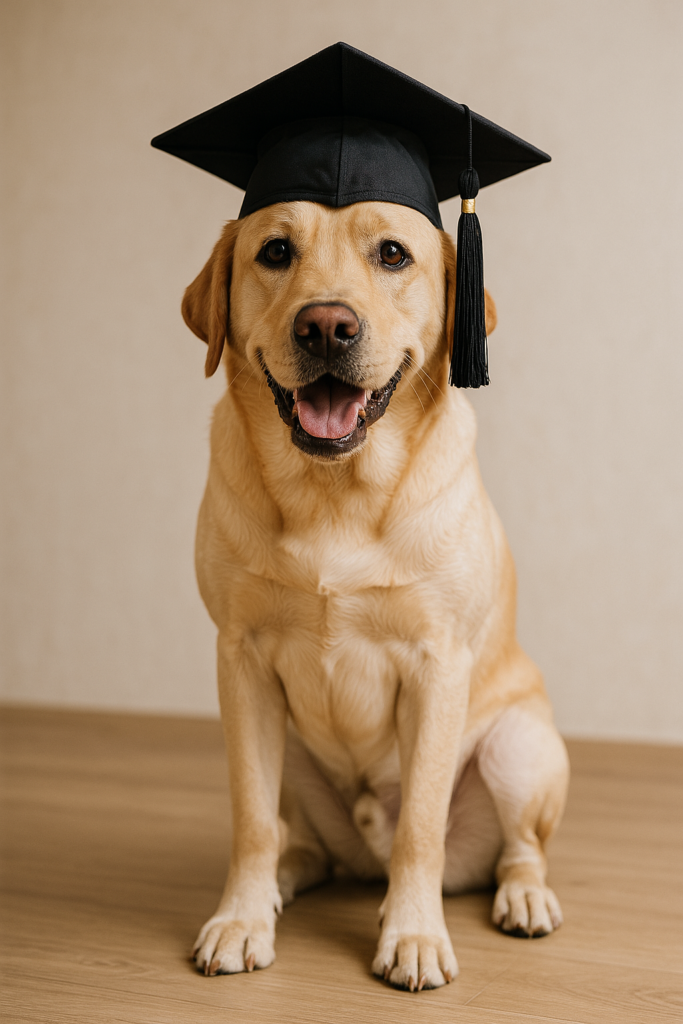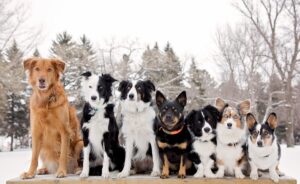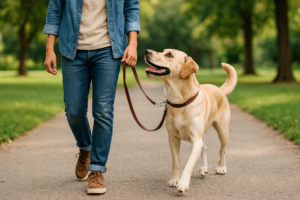
How to Successfully Transition Your Dog Home After Board and Train in Chicago
If you’ve just picked up your dog from a Board and Train program, congratulations! Your dog has learned valuable skills and built a strong foundation, but the training process isn’t over yet. To ensure your dog’s new behaviors transfer successfully to your home environment, a structured transition is necessary.
As the owner, you play a critical role in reinforcing the training your dog received. Below, we’ll outline key strategies to help your dog adjust and ensure long-term success.
Practice Daily to Reinforce Training
The most important thing you can do when your dog comes home is practice consistently. Training in a facility is different from training at home, so your dog needs time to adjust to:
- Your tone of voice and body language
- Your specific rewarding methods
- A new environment with different distractions
Additionally, if your dog previously had bad habits at home, these need to be replaced with good behavior through repetition. Some skills, such as coming when called in your yard or loose-leash walking in your neighborhood, will be new for your dog in this environment.
How Often Should You Train?
- Practice at least 15 minutes per day for the first two weeks.
- If possible, aim for two short training sessions per day rather than one long session.
- Focus on any areas where your dog struggles the most.
Hand-Feeding to Increase Motivation
Dogs need to be motivated to follow commands, and food is one of the best reinforcers. Hand-feeding part of your dog’s daily meals during training helps:
- Strengthen the association between listening and rewards
- Keep your dog engaged during training
- Ensure your dog values reinforcement more when performing commands
If a dog eats their meals for free without working for them, they may be less motivated to obey commands later. Using food as a training tool increases responsiveness.
Bonus Tip: Use Toys as Rewards
In addition to food, restrict access to your dog’s favorite toys outside of training sessions. When your dog only gets to play with certain toys after performing a command, they will work harder for it.
Keep the Leash On Indoors
For the first 2-3 days, keep your dog on a leash inside to maintain control and reinforce training. This is especially useful in situations like:
- Greeting guests – Prevent jumping and overexcitement.
- Correcting unwanted behaviors – Use the leash to redirect your dog calmly.
- Guiding your dog through new situations – Some dogs may be confused when transitioning from the training facility to home.
A loose 6-foot leash allows you to intervene when necessary without overwhelming your dog.
Use the Right Training Tools
If your dog was trained with specific tools, it’s important to continue using them properly at home. This may include:
- Prong Collars – Ensure a correct fit so it rests comfortably on the dog’s neck without tightness.
- E-Collars – Learn the functions and ensure proper placement for effective communication.
Training tools help maintain consistency so that you don’t have to rely on food rewards all the time. They are also useful in situations where food is not motivating enough, such as outdoor walks or when guests arrive.
Read Training Handouts & Guides
At Prestige, we provide educational materials to help owners understand dog behavior, training commands, and marker words. Reviewing these materials helps you:
- Reinforce the correct commands and techniques at home
- Understand how dogs think and learn
- Address common behavior issues such as jumping, barking, or potty training
Dog training is about being prepared and consistent. The more you educate yourself, the more success you’ll have.
Reach Out for Support
Every dog transitions home at their own pace, and challenges can arise. If your dog is struggling with a specific behavior, reach out for help immediately before regression sets in.
Our expert Chicago dog trainers are available to guide you through the process and provide support tailored to your dog’s needs.
For assistance, call us at 312-380-1474, and let us help you ensure a smooth transition for your dog.



